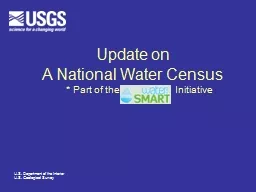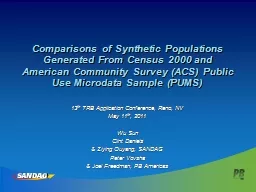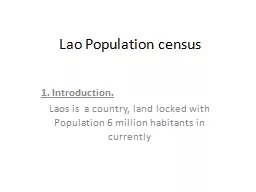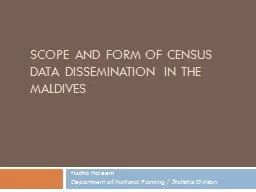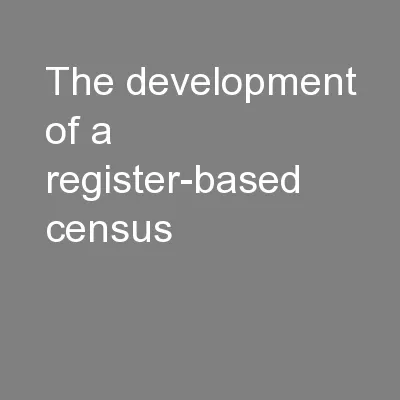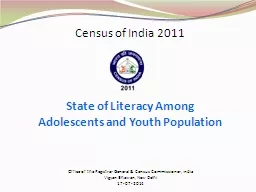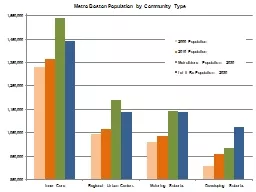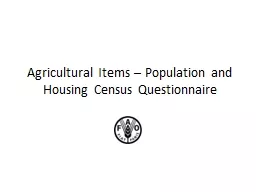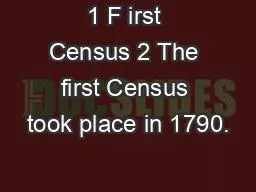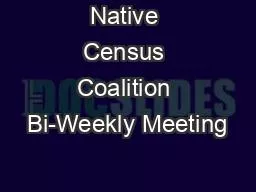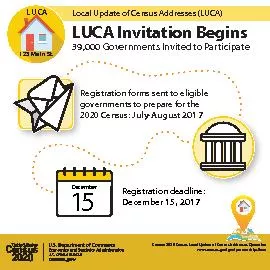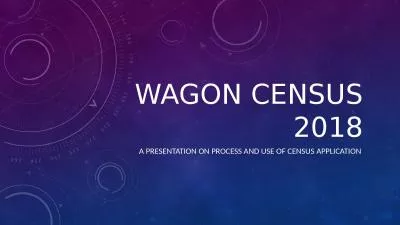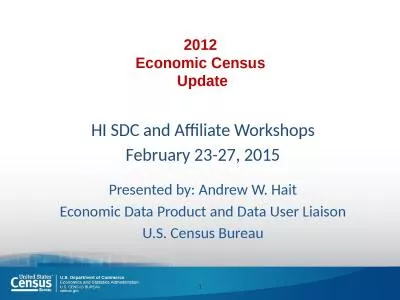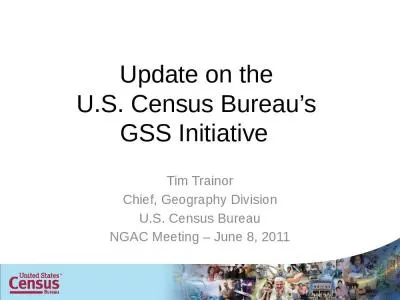PPT-Update on A National Water Census
Author : stefany-barnette | Published Date : 2018-10-30
Part of the Initiative US Department of the Interior US Geological Survey Our objective for the Water Census To place technical information and tools in the hands
Presentation Embed Code
Download Presentation
Download Presentation The PPT/PDF document "Update on A National Water Census" is the property of its rightful owner. Permission is granted to download and print the materials on this website for personal, non-commercial use only, and to display it on your personal computer provided you do not modify the materials and that you retain all copyright notices contained in the materials. By downloading content from our website, you accept the terms of this agreement.
Update on A National Water Census: Transcript
Download Rules Of Document
"Update on A National Water Census"The content belongs to its owner. You may download and print it for personal use, without modification, and keep all copyright notices. By downloading, you agree to these terms.
Related Documents

